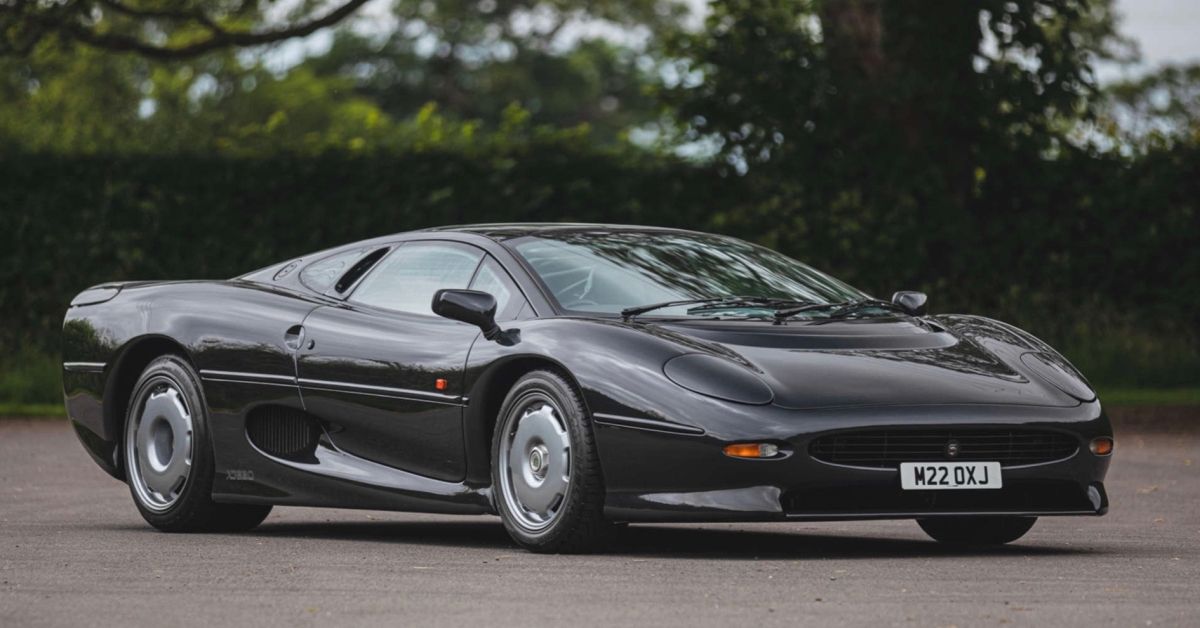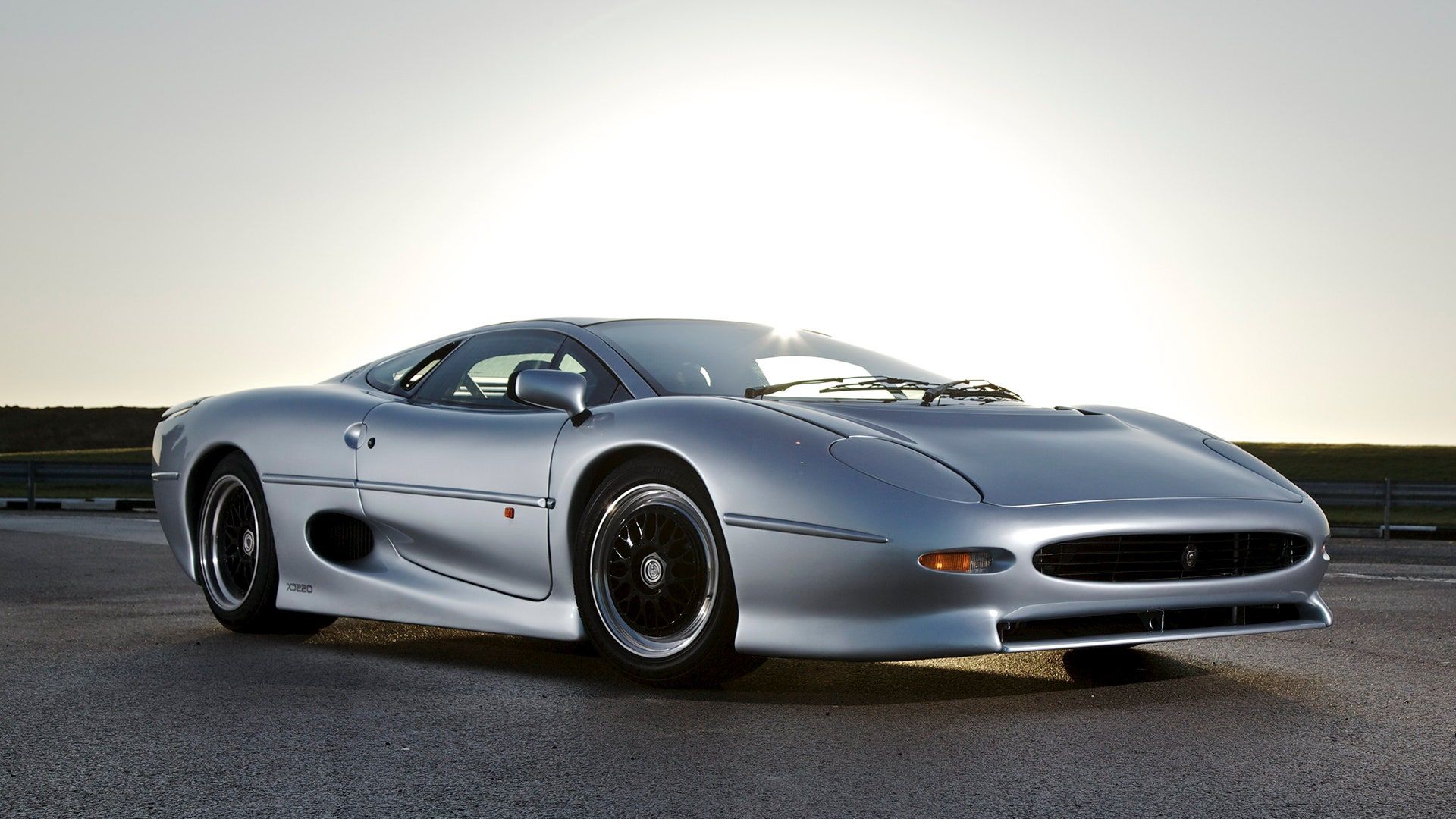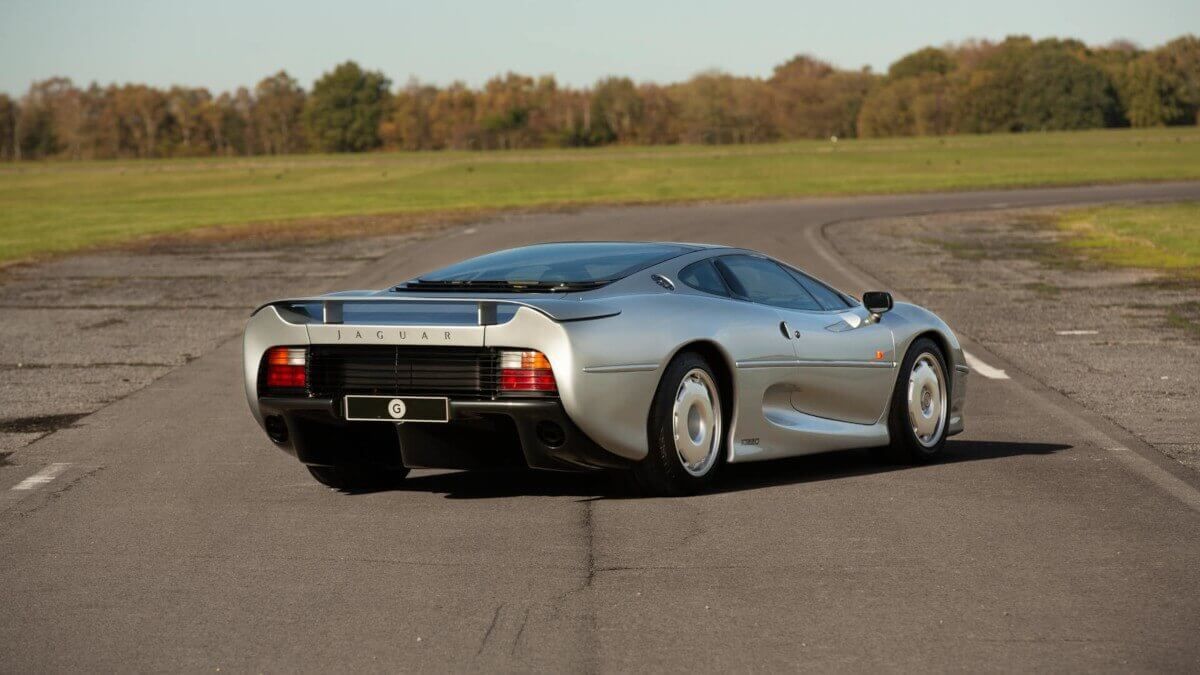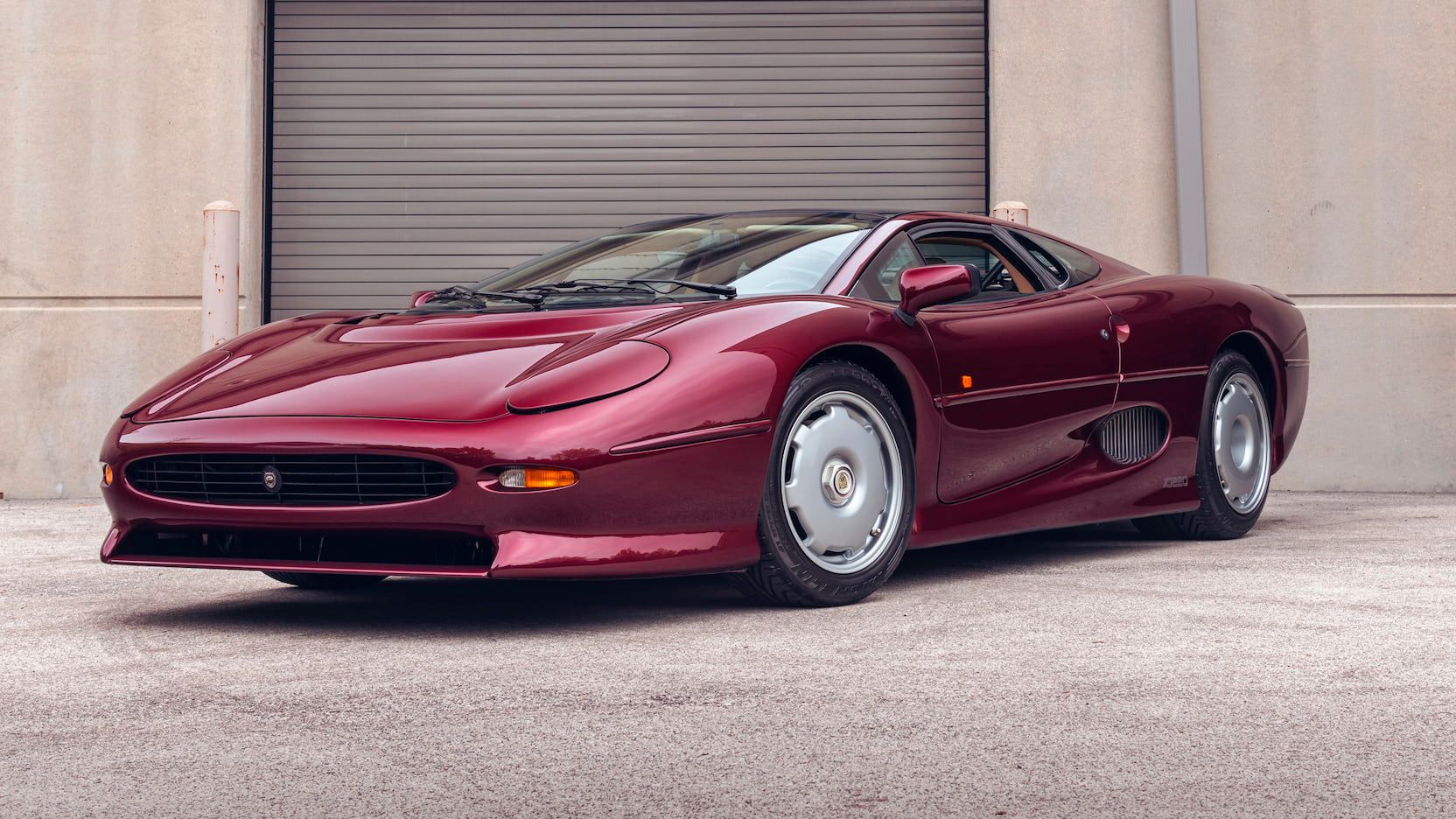The 1990s were a fascinating period for supercar development. It was the era that saw supercars getting quicker and quicker, partly a legacy of the utterly awe-inspiring Ferrari F40. The F40 had very quickly become the gold standard of supercar development. Styled by Pininfarina, it had a mighty twin-turbocharged V8 engine and had a top speed of 201 mph. This made it one of the fastest supercars on the planet at the time, and other manufacturers were very keen to have a go at creating a 200 mph monster of their own.
One company that did just that was Jaguar. The famous British brand is perhaps more synonymous with luxury, but it knows a thing or two about sports cars. Who can forget the glorious E-Type, for example? In 1992, Jaguar came out with the XJ220, a two-seat sports car that had already proved controversial before it had even turned a wheel. For various reasons, the car never seems to be spoken of in the fondest manners, but that’s a shame as the XJ220 is one of the best supercars of the 1990s and deserves much more attention than it is ever given.
The Backstory To The XJ220
The Jaguar XJ220 started in the early 1980s, when racing team owner Tom Walkinshaw came to the brand about entering the XJS into the 1981 European Touring Car Championship. The partnership achieved great success, winning the championship in the 1983 season. Jaguar would go on to develop race cars such as the XJR-9 and XJR-10 to win Le Mans and races in the IMSA series, but the brand was worried these cars were too much of a disconnect between what it was offering the public. Jaguar’s Director of Engineering Jim Randle felt they needed to develop a car that could win Le Mans “in-house”, like the old C-Type and D-Type.
This formed the basis for the XJ220 concept, which would see a road car and then a race car designed to FIA Group B regulations and using a Jaguar V12 engine. The name XJ220 was chosen as the car had a projected top speed of 220 mph, and it was a continuation of the naming of the XK120, a car that again was named after its top speed. However, things that were initially promised would soon change on the production version of the car.
A Limited Production Run Of XJ220s
Initially, the XJ220 was not going to be a production car. But interest from serious buyers meant that in total, 282 examples of the car would be built. However, the XJ220 would never go racing at the top level at Le Mans. The car would thus be a road-going var only, and soon things started to change. A V12 engine was never fitted, instead, the XJ220 would be powered by a turbocharged V6 engine developed from the engine used in the XJR-10 and ’11 race cars. This was to meet new emissions standards and design changes, although a V12 was used in the concept.
The twin-turbo V6 engine provided the XJ220 with 542 hp, and the car was annoyingly just shy of its projected 220 mph top speed figures at 217 mph. The fact that its V6 engine though could still power it to that speed was incredibly impressive. The design of the XJ220 was incredibly eye-catching, with its sleek lines looking much more modern than anything else on the road, and it looked like it was from a different era compared to its biggest rival, the Bugatti EB110.
Criticisms From The Press And Public
The XJ220 never seemed to gain much appreciation during its production run. Why? Well, a lot of that is blamed on the fact the promised V12 engine became a twin-turbo V6, that was derived from one used in an Austin Rover. Customers weren’t best pleased with that, and even some design elements came from Rovers. The rear lights, for example, were from a Rover 200. But despite that and not achieving its 220 mph top speed, the XJ220 did break the Guinness World Record for fastest standard production car in the 1990s with a run of 217.1 mph that stood until 1998 when the McLaren F1 went at over 240 mph. The XJ220, despite its V6 engine, was still a mighty performer.
The Jaguar XJ220 Was Underrated And Underappreciated
There is surely no doubt that the XJ220 is one of the most underappreciated supercars of not just its era, but of all time. Many simply focus on the switch from a V12 to the V6 engine, but that hid the fact that the XJ220 was a fast, adrenaline fuelling joy to drive and one that looked much more modern than anything else on the road. Even today, the XJ220 looks like a very modern design. Its Guinness World Record is something that people should take note of too, and it's interesting to wonder what the car might have been capable of if it did indeed have that V12 engine.
Sources: Motor Authority, Collectors Car World, British GQ, Secret Classics, Mecum Auctions





